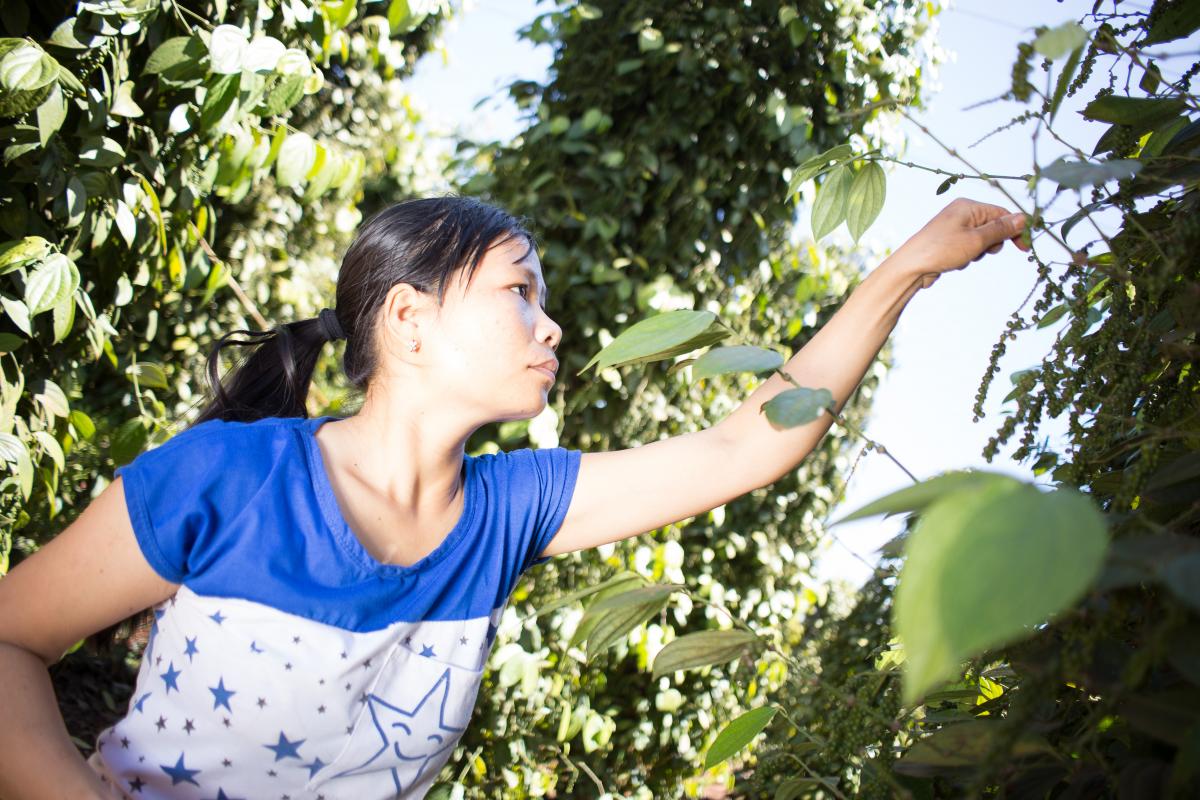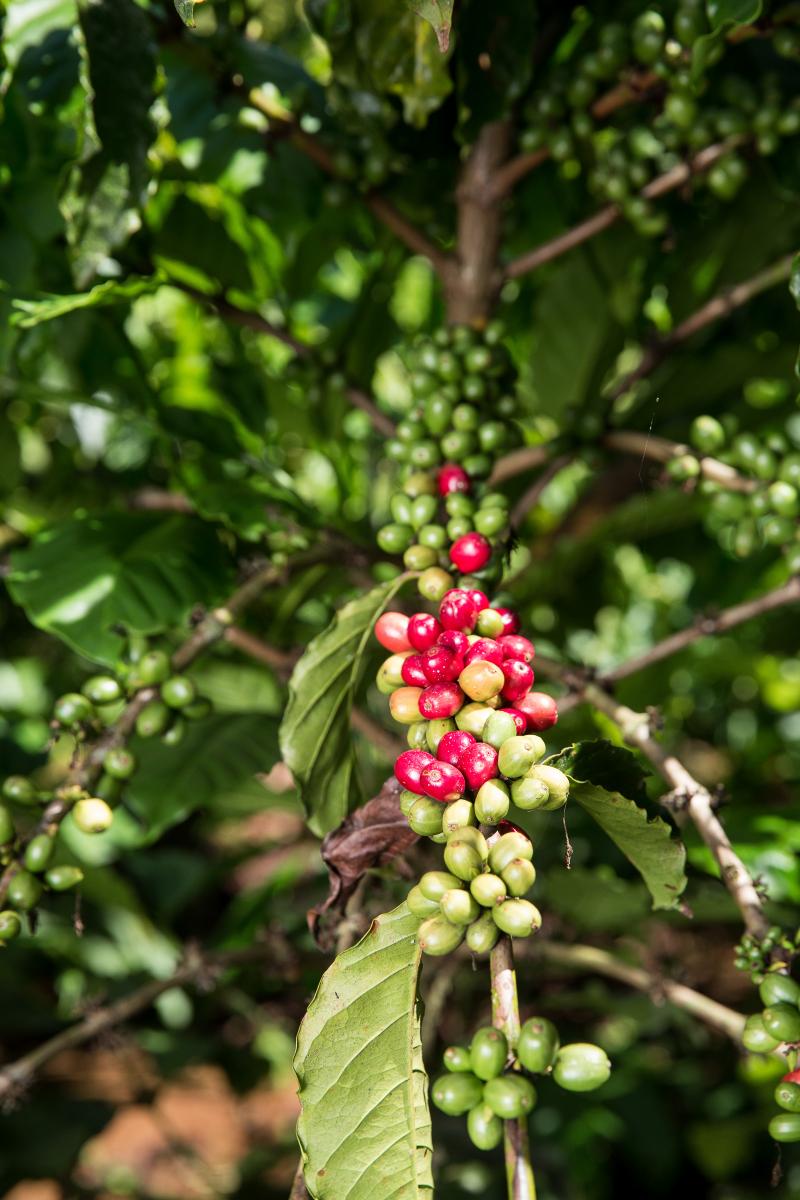Transforming coffee and water use in the Central Highlands of Vietnam: case study from Dak Lak Province
In 2019, IUCN published a water-food-energy nexus assessment of the 3S river basins covering Cambodia, Vietnam, and Lao PDR. A key opportunity to improve water use for multiple benefits was the coffee sector in the Vietnam’s Central Highlands, which form the headwaters of two of the 3S rivers: the Srepok and Sesan.
Vietnam is the world’s largest Robusta coffee exporter (and second largest coffee producer after Brazil) and plays a key role in global coffee supplies at a time when global coffee consumption is growing at 1-3% a year. But wasteful irrigation combined with more frequent droughts is threatening production. During the 2016 drought hundreds of reservoirs ran dry and over 165,000 hectares of coffee plantation were affected, of which 40,000 hectares were lost.
In 2019, IUCN commissioned a rapid assessment of the costs and benefits of moving from coffee monocultures into higher value, more diverse, and less water intensive coffee agroforestry. This new study is a substantial revision of the rapid assessment. Using Dak Lak Province (which produces one-third of all of Vietnam’s coffee) as a case study, it proposes transforming about 200,000 hectares of coffee monoculture into a drought-resilient coffee, pepper, durian, and avocado crop mix, which produces 2.5 times the crop value, maintains existing coffee production, and saves about 150 million cubic meters of water a year in reduced irrigation. The total cost is about $300 million over 30 years (equivalent to a mere $60/farmer/year).
For details of the rapid assessment from coffee monocultures to crop mix, please see the report.
For details of the water-food-energy nexus assessment of the 3S river basins, please see the report.






